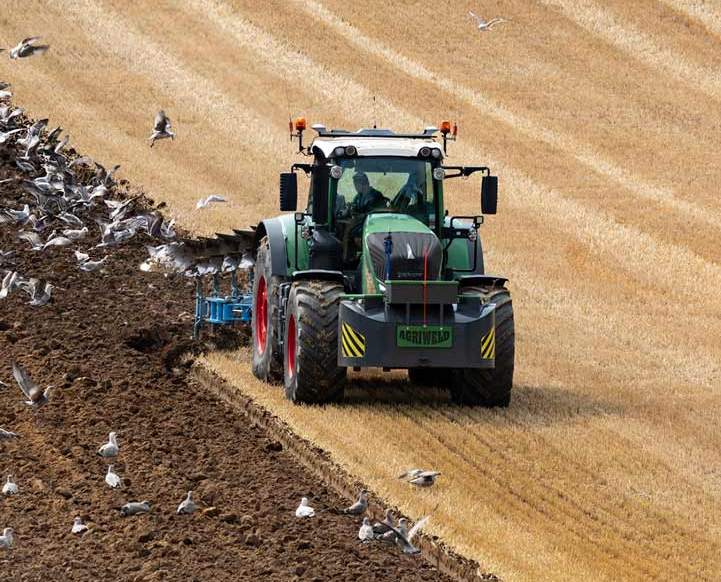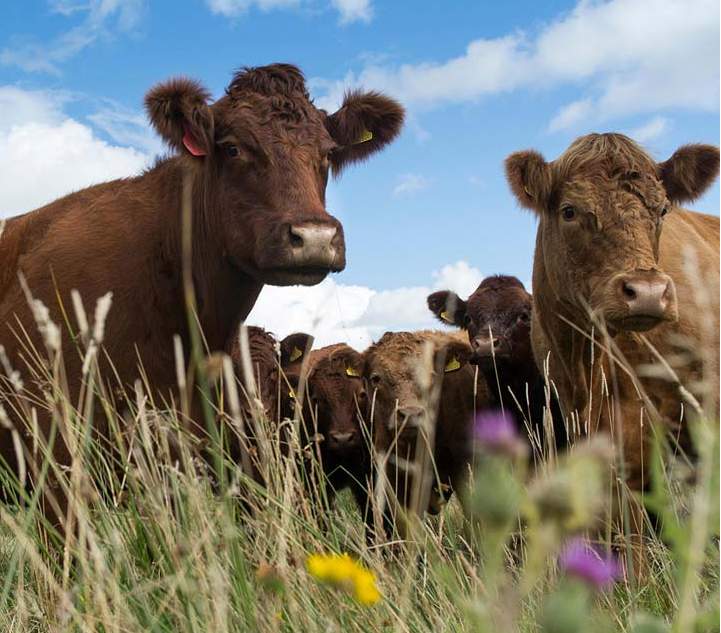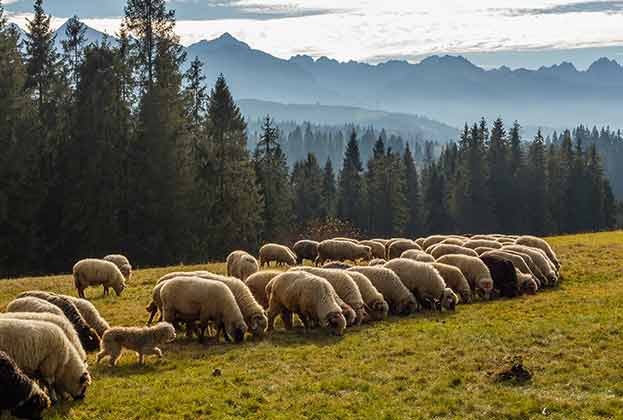Farmland continues to demonstrate long-term growth and stability across different jurisdictions and sectors
Savills Global Farmland Index tracks capital value performance for crop/arable land types across the world. During the past 17 years (2002–2019), the index has recorded an 11% compound annual growth rate
In 2019, the index recorded its first negative year since 2015 with a 0.8% decrease in global farmland value growth (see below). A closer look reveals almost all of this decline can be attributed to a stronger US$ that exaggerated value movements downwards. In domestic currency, nine of the 15 countries analysed showed annual value gains of 3% or higher, with only four recording a negative annual performance.
In domestic currency terms, Australia and New Zealand witnessed the largest appreciation in farmland value growth of 14% and 13% in 2019. Brazil, Hungary and Canada also showed strong growth rates with reports of substantial gains across smaller localised areas. In contrast, rates of growth slowed in Argentina (-5% US$) and Romania (-3.6%), with Ireland and the US recording a small (less than 1%) depreciation in values.
The Index also continues to perform strongly against the downward trend of key commodity markets (see below). The relationship between high commodity prices driving farmland values is particularly evident in the run-up to the peak of the market in 2014–15. Since then, weaker commodity prices represent one of a number of factors limiting capital appreciation.
Behind the numbers: what is happening on the ground?
The global investment case for farmland is a complex equation of productivity, markets, cost bases, subsidy and risk – be it political, currency, weather or financial. All carry varying degrees of weight depending on the setting. Minimising or mitigating these risks usually comes at a cost, but it is no secret that a large part of the investment success comes from getting these fundamentals right and then optimising returns through good management.
The latter half of the decade to 2019 showed a stabilisation of farmland values with the index rising 1% over the period. In some regions, farmland values corrected to levels more in line with productive capacity, while in others, values plateaued as investors refined and consolidated holdings for future success.
While the index focuses on the arable farmland sector, it is important to put the data in context and understand the key influences on global values. The research highlights three key themes emerging across many of the markets.
The latter half of the decade to 2019 showed a stabilisation of farmland values analysed with the index rising 1% over the period
Savills Rural Research
1. Flight for security
'Security' is not universal when it comes to farmland, particularly on a global scale. There is the relative security of the jurisdiction with respect to land titles and enforceable contract rights and that which is associated with reliability of income returns.
For the former, there is evidence that farmland investors have softened their interest in higher-risk regions in favour of those with a stronger legislative framework. While opportunities do remain for those investors with an appetite for risk, the slowdown does suggest growth is potentially capped in the current market.
Investors have instead turned to more developed markets and in particular, shown greater appetite for quality farmland in reliable climatic zones. In Australia, extensive drought periods have driven many farmers to higher rainfall or irrigated regions. Brazilian landowners are showing similar sentiment by consolidating landholdings across regions where the value proposition has been tried and tested over time. We expect this trend to continue, particularly as the effects of climate change exacerbate weather pattern variability and land degradation.

2. Highest and best use
It is common for farmland to be used for a range of enterprises and uses – each impacting relative earning capacity and, in turn, value. Development and adoption of ag-tech has significantly changed how land is used and performance optimised over the past 50 years and further pressure to innovate is likely to continue this progression.
The expansion of higher-value crops and horticulture enterprises across many regions has demonstrated the growth potential of pairing otherwise less productive land with water. This land-use change is not necessarily reflected in our index analysis of arable farmland; however, it does reveal the appetite for arbitrage and value-added opportunities.
Also on the horizon are emerging environmental service markets, or the recognition of land for provision of net environmental gain. Whether by public market or private agreement, the development of these markets will add an additional or alternative income stream and it is likely we will see the triple bottom line (net position of financial, environmental and social factors) adopted as best practice. While carbon farming may seem outside the realms of the current commercial reality, it is not unreasonable to think that someday, a carbon sequestration gross margin may be worth more than its wheat comparison.

3. Localisation of land value growth
Reporting on high-level average land values can often disguise what may be happening at a local or regional level. The rate of growth varies considerably across the globe, and farmland values will be influenced by many local factors. It is imperative to consider the local characteristics.
In Brazil’s Mato Grosso region, farmland values display a high degree of correlation to proximity of sealed roads or market access infrastructure. Here values and growth potential are influenced by inflated freight costs and all-weather access, with significantly cheaper land often found in places where roads do not yet exist.
Farmland in New Zealand is showing isolated growth among sectors where the expansion of forestry and permanent plantings lend to premiums for extensive livestock and arable land respectively. Dairy land, however, has been under pressure as foreign investment regulation and environmental regulation cloud the sector’s longer-term prospects.
Overall, farmland continues to demonstrate long-term growth and stability. However, as capitalisation rates have been stretched over recent times, investors have naturally begun refining their objectives and targeting opportunities with greater total return potential. Current indications suggest the next value-added prospect will come from environmental markets.
The developing presence of institutional capital in farmland
One of the most significant drivers of global farmland values over the last decade has been the developing presence of new institutional capital. After a brief hiatus during the global financial crisis and a number of land grabbing headlines, global farmland fundraising grew from US$0.8bn in 2010 to a peak of US$5.6bn in 2015, according to financial data service Preqin. Since then, fundraising efforts have softened slightly to average US$2.6bn per annum, as the combination of rising land values and lower commodity prices put pressure on income yields.
Read the articles within Global Farmland Index below.
.jpg)

